Report this entry
More from the same community-collection
UTEP vs. OSU, 1976 Sun Bowl - El Paso, Texas
The image depicts a scene of the Sun Bowl Game in 1976. UTEP ...
UTEP Library, 1968 - El Paso, Texas
The image shows the old UTEP library building in 1968. A more ...
Academic Services Building, UTEP
The photograph shows the Academic Services Building of UTEP. It ...
William Beaumont Army Medical Center - El Paso, Texas
The image shows the William Beaumont Army Medical Center. This ...
Phelps Dodge Refining Company, El Paso, Texas
Interior of plant showing copper ingots on conveyors. ...
Chamber of Commerce Anniversary Luncheon
These are the past and present directors of the El Paso Chamber ...

















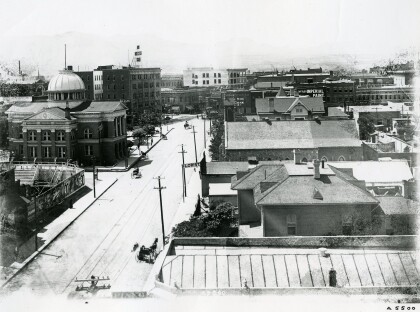
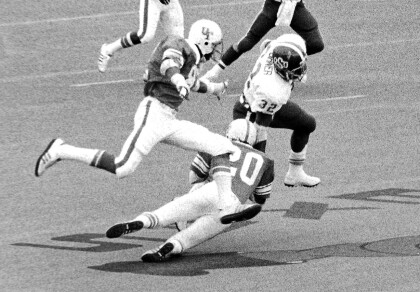
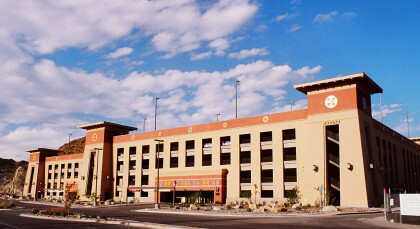
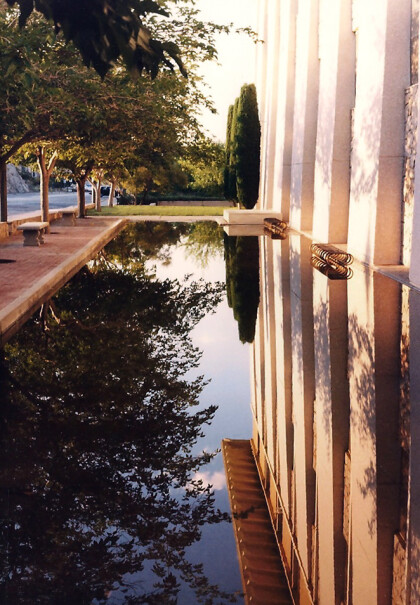
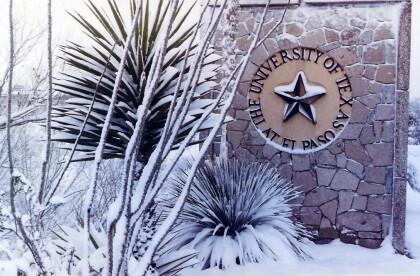
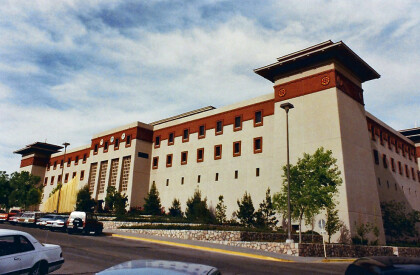
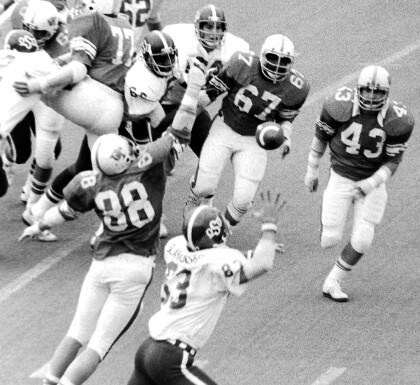
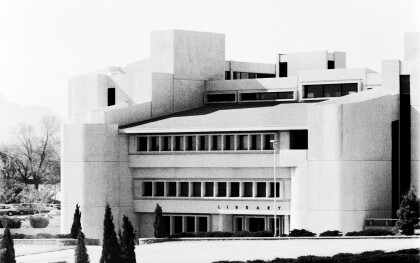
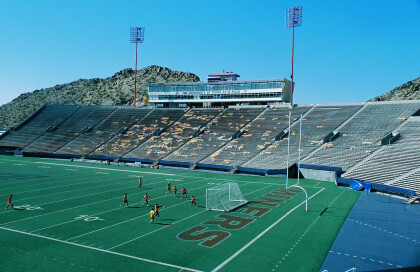
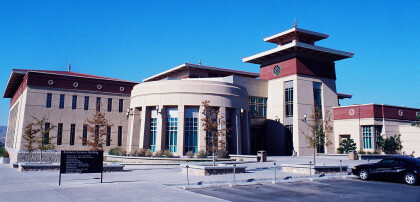
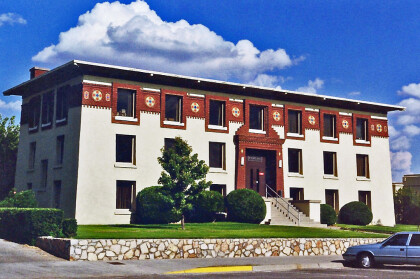
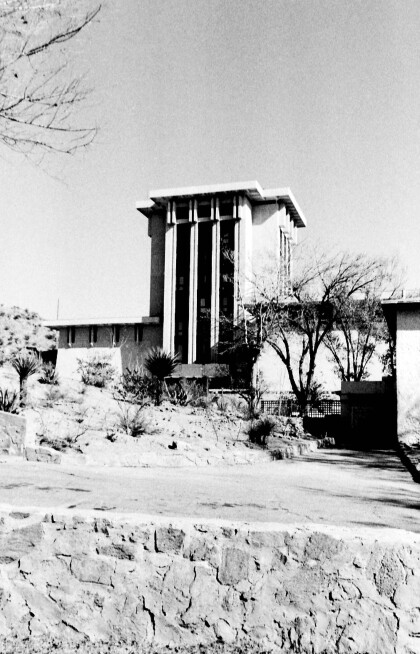
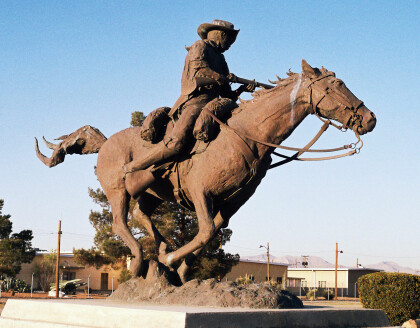
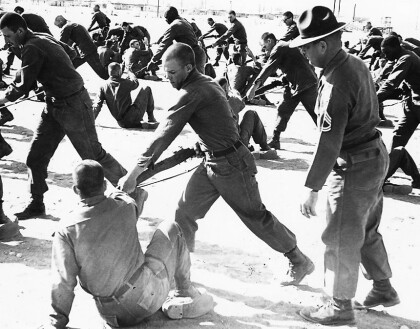
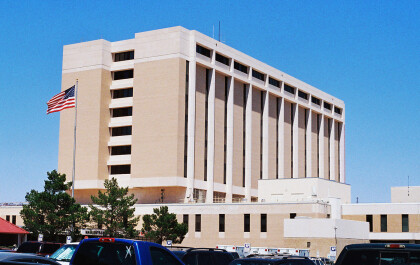
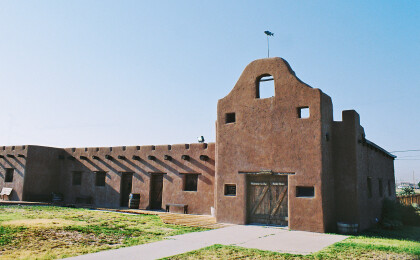
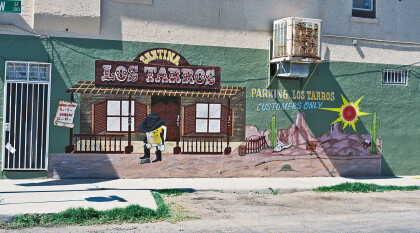
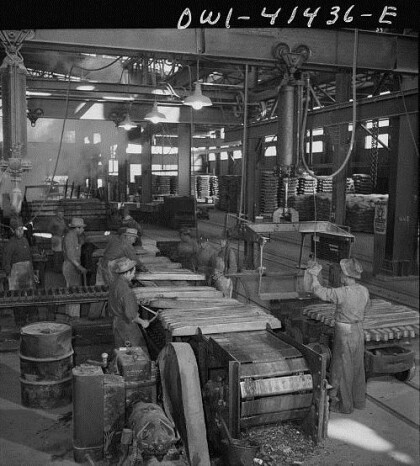
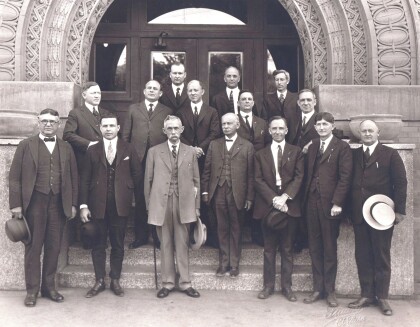
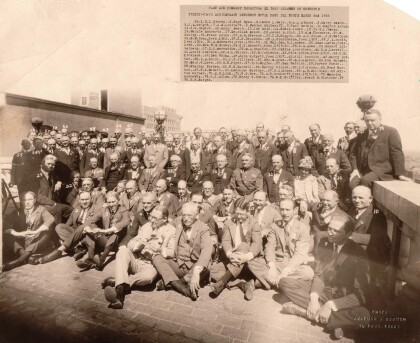
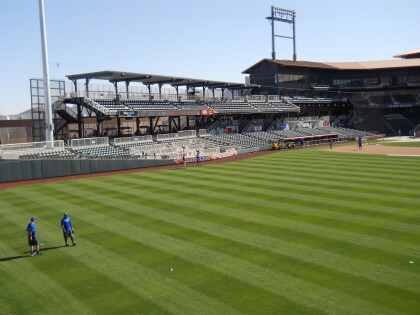
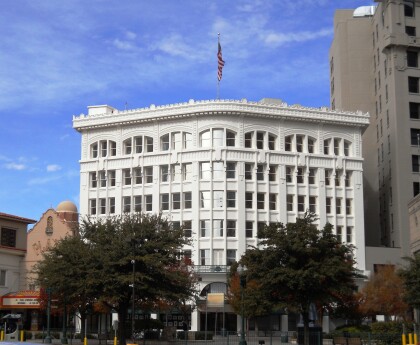
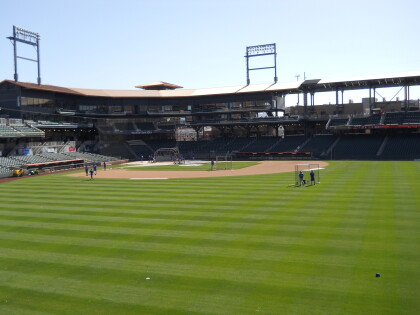
Comments
Add a comment